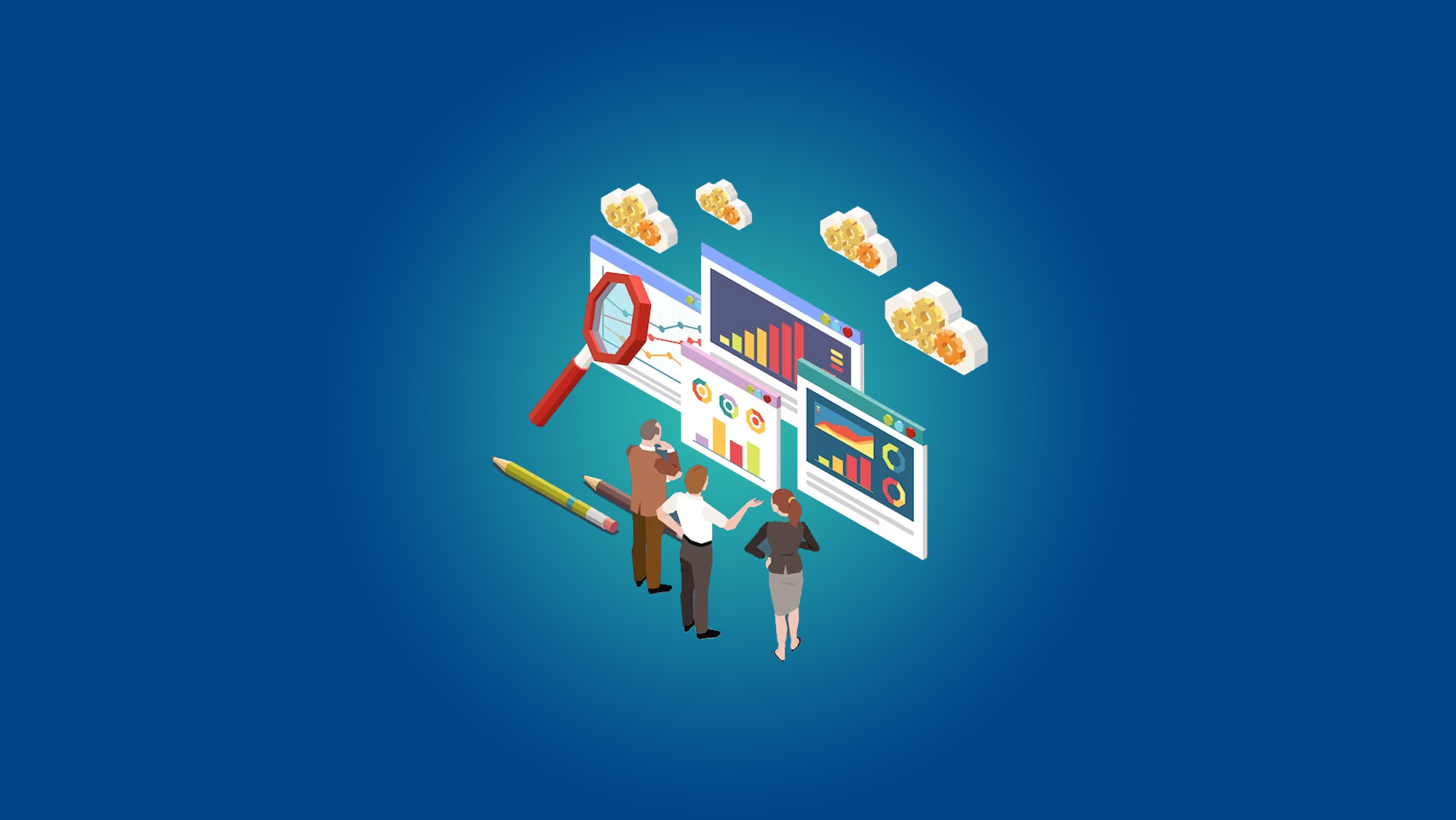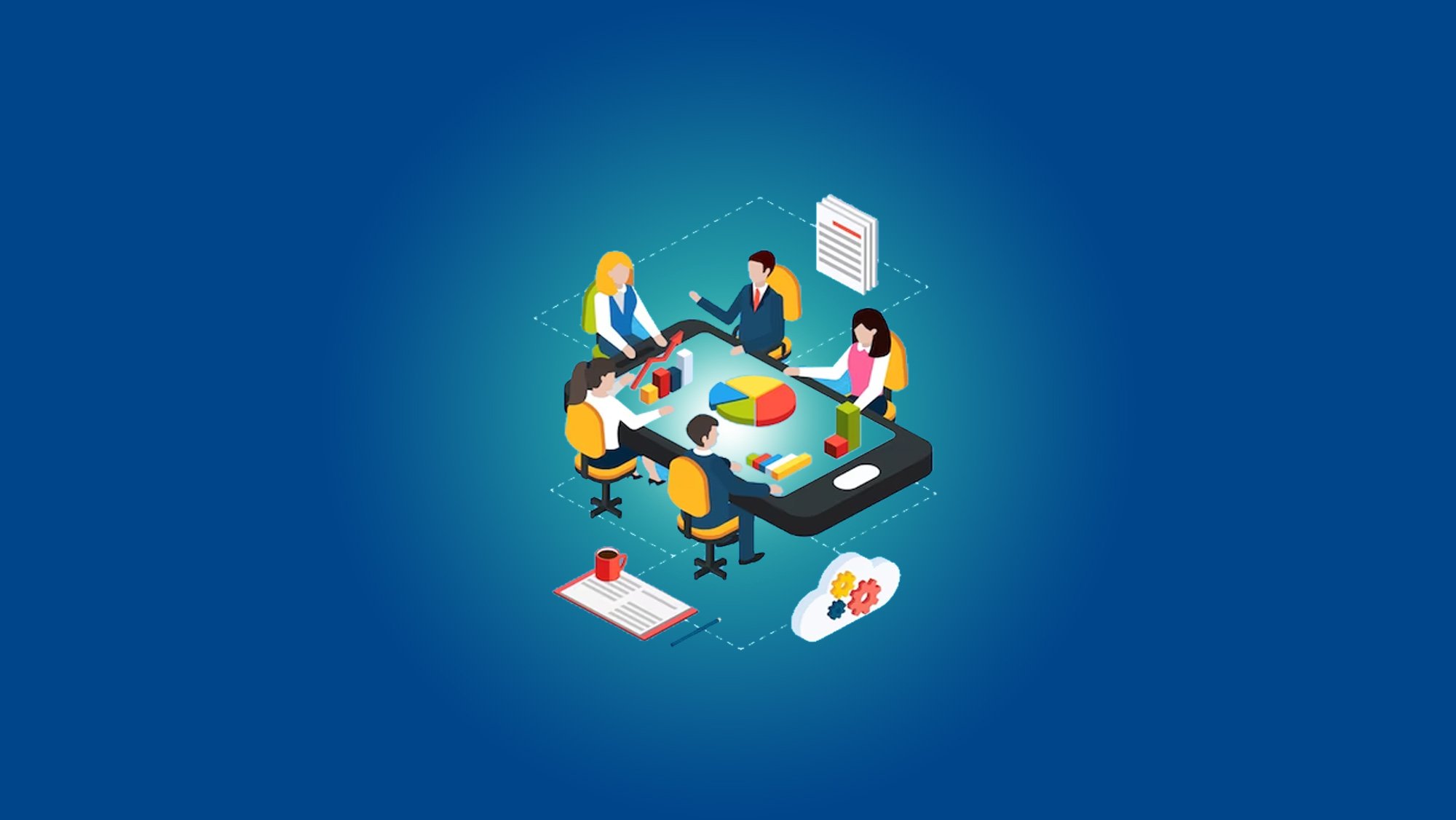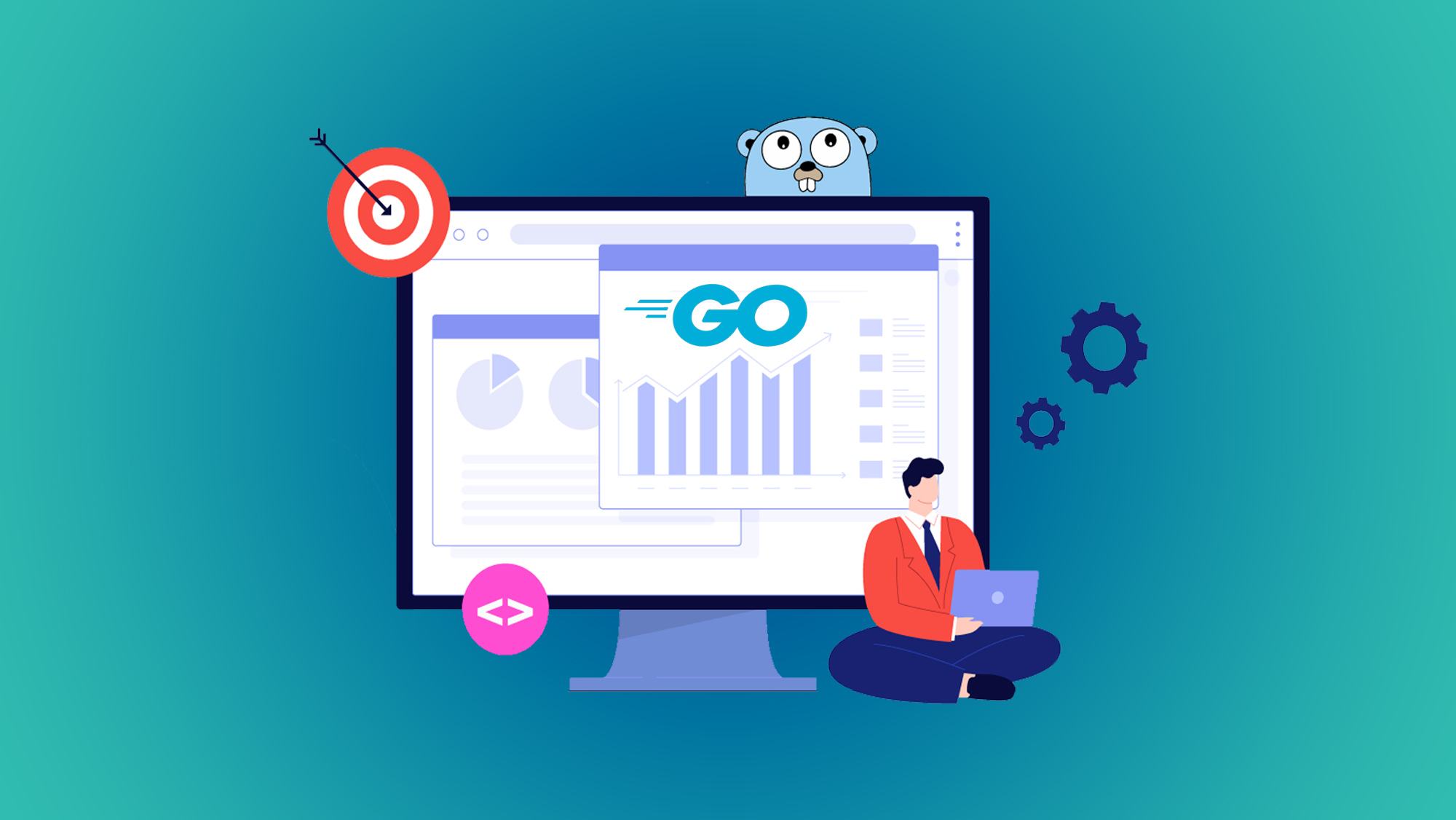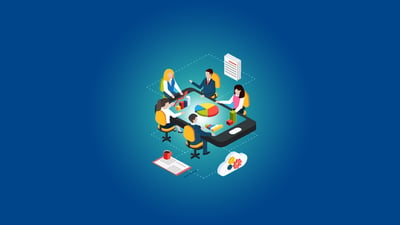LabVIEW Programming 101: Getting Started with Data Analysis
Introduction:
LabVIEW is a powerful graphical programming language widely used for data acquisition, instrument control, and analysis in engineering and scientific fields. Whether you are new to LabVIEW or looking to enhance your data analysis skills, this blog post will provide you with a comprehensive guide to getting started with LabVIEW programming for data analysis.
1. Introduction to LabVIEW:
Begin your LabVIEW journey by understanding the fundamentals of the software. Learn about the graphical programming paradigm, LabVIEW environment, and the basic elements of LabVIEW programming, such as front panels, block diagrams, and wiring.
2. Data Acquisition in LabVIEW:
Explore how to acquire data from various sources using LabVIEW. Discover the different data acquisition hardware available and learn how to configure and interface with sensors, instruments, and devices. Get hands-on experience in reading analog and digital signals, acquiring data, and understanding data acquisition settings.
3. LabVIEW Data Structures and Functions:
Understand the different data structures and functions available in LabVIEW for data manipulation and analysis. Learn how to work with arrays, clusters, and data types, and explore LabVIEW's built-in functions for mathematical operations, data filtering, and signal processing.
4. Graphical User Interface (GUI) Design for Data Analysis:
LabVIEW offers powerful tools for designing intuitive and interactive user interfaces. Learn how to create user-friendly front panels with various controls, indicators, and charts. Customize your GUI to display and visualize data effectively, and create interactive elements for data exploration and analysis.
5. LabVIEW Programming for Data Analysis:
Dive into LabVIEW programming techniques for data analysis. Discover how to perform statistical calculations, generate reports, and visualize data using graphs and charts. Explore LabVIEW's built-in functions and toolkits for data analysis tasks like curve fitting, Fourier analysis, and correlation.
6. LabVIEW Data Logging and File I/O:
Learn how to log data acquired in LabVIEW to files for long-term storage and analysis. Explore different file formats, such as CSV and TDMS, and understand how to write data to files and read data from files for further analysis or sharing.
7. LabVIEW Data Visualization and Reporting:
Discover the various visualization options available in LabVIEW to present your data effectively. Learn how to create dynamic charts, graphs, and plots, and explore LabVIEW's reporting capabilities for generating professional reports with your analysis results.
8. LabVIEW Case Studies and Applications:
Explore real-world case studies and applications where LabVIEW is used for data analysis. Gain insights into how LabVIEW is leveraged in fields such as engineering, research, and scientific analysis. Understand the potential of LabVIEW for solving complex data analysis challenges.
9. LabVIEW Best Practices and Tips:
Learn best practices for LabVIEW programming to enhance your efficiency and maintainability. Discover techniques for code organization, error handling, documentation, and debugging. Get tips and tricks from experienced LabVIEW programmers to optimize your workflow and improve the quality of your data analysis applications.
Conclusion:
LabVIEW is a powerful tool for data analysis, providing an intuitive graphical programming environment for engineers and scientists. By getting started with LabVIEW programming for data analysis, you can unlock the potential to analyze and interpret data efficiently, visualize results effectively, and gain valuable insights for your engineering or scientific projects.
You May Also Like
These Related Stories

Everything You Need To Know About LabVIEW Training

Becoming a LabVIEW Pro: Essential Training for Engineering Excellence



No Comments Yet
Let us know what you think